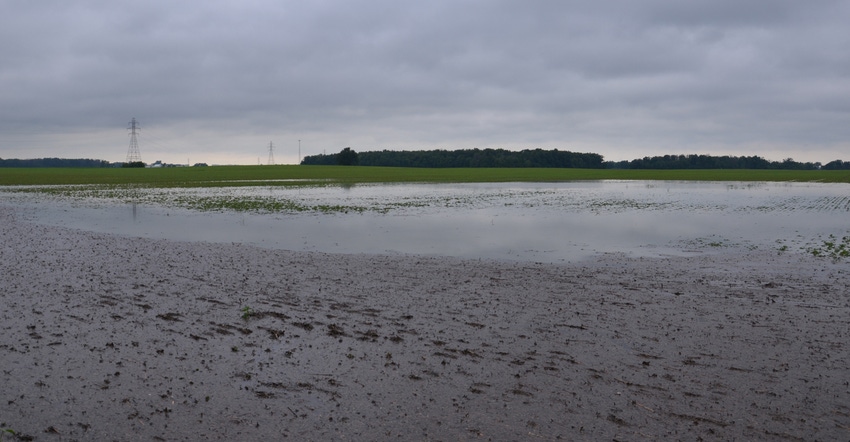April 2, 2018

I have a couple wet fields that aren’t pattern-tiled and are going to soybeans. Would I be better off waiting until May 15 or after to plant to reduce the chances of getting a seedling disease or having to replant? If I plant late, can I skip seed treatment?
The Indiana certified crop advisers panel this month includes: Gene Flaningam, Flaningam Ag Consulting LLC, Vincennes; Greg Kneubuhler, G&K Concepts, Harlan; and Tom Stein, Ceres Solutions Cooperatives, manager of the Templeton and Boswell branches.
Flaningam: If a field is poorly drained, then it may be the best economical approach to wait until field conditions are optimal. Choose a variety that has good phytophthora root rot resistance ratings. Soybean seed treatment becomes less effective if you’re planting in late May through early June. Make sure to choose a fuller-season soybean variety if you’re planting late. This will give the plant more time to develop and produce seed.
Kneubuhler: I think that it makes good sense to hold off on planting those poorly drained fields. Your risk of pythium, phytophthora, fusarium and dampening-off certainly goes up when conditions are wet, and especially if it’s also cool. If, however, ground conditions are good early and the forecast is favorable, I would not be afraid to plant, regardless of the date. I would not plant any soybean without a seed treatment, regardless of planting date. We’ve seen too much value with seed treatments, particularly fungicide seed treatments, to leave them off the seed.
Stein: Planting soybeans in these poorly drained fields after May 15 may not help you much because it’s what happens after you plant them that matters. Even late-planted soybeans usually end up having a period of cool, wet weather sometime soon after planting. Many of the soilborne diseases that seed treatments control don’t become active until the soil warms up anyway. I definitely would not skip the seed treatment, even when planting later.
You May Also Like




